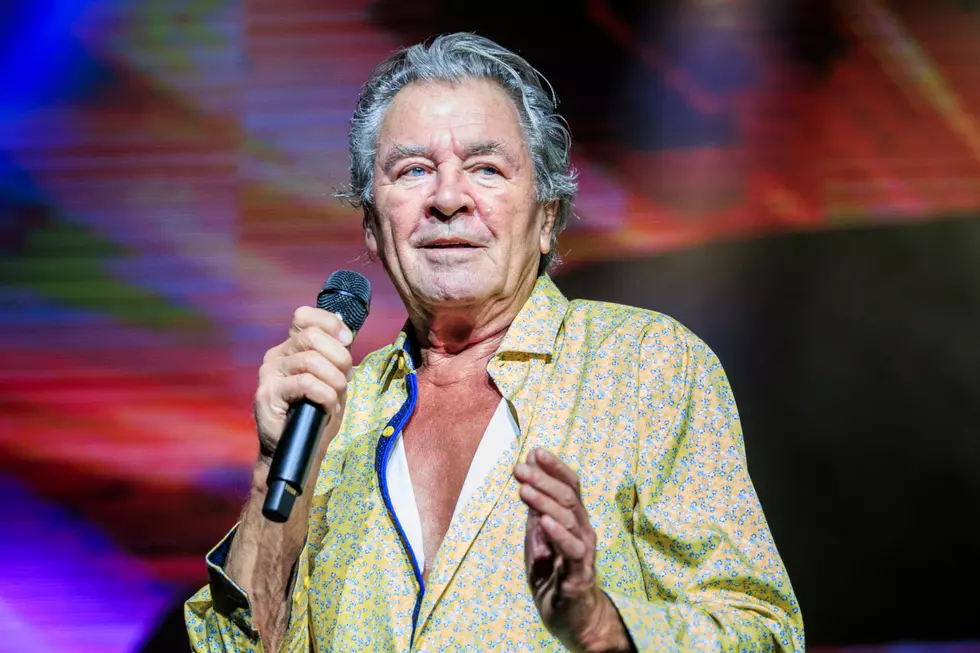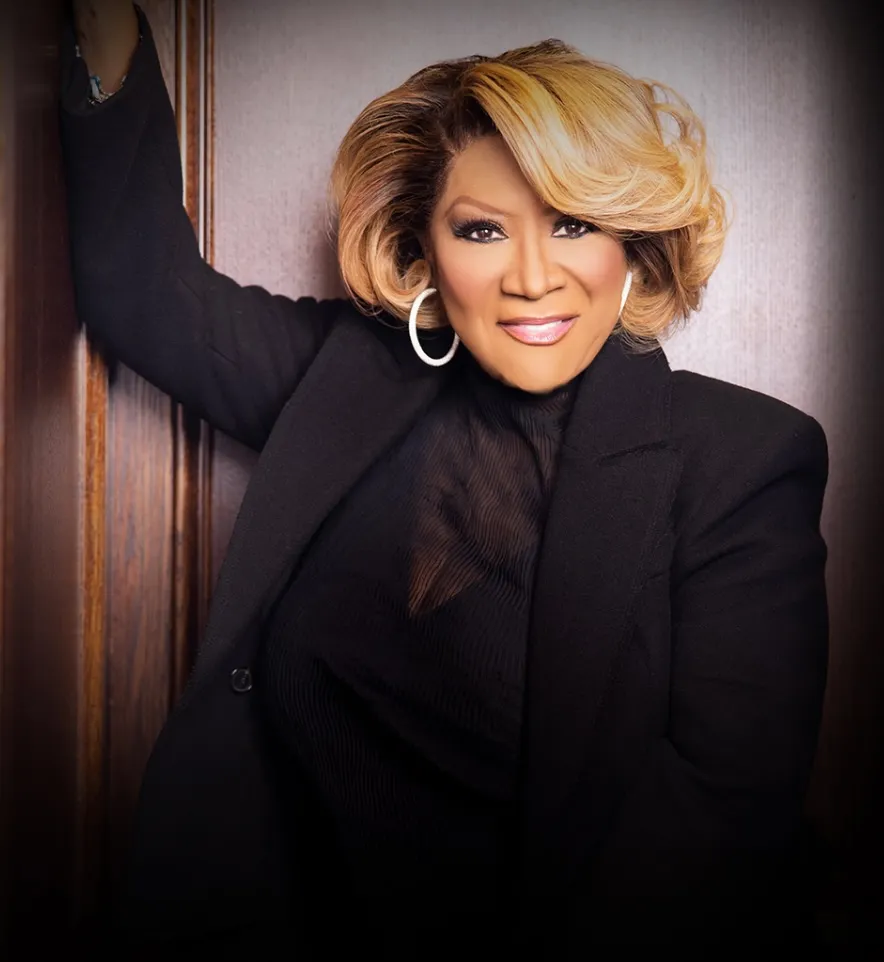
If you’ve ever air-guitared to Don’t Stop Believin’ (and let’s be honest, who hasn’t?), you’ve got Neal Schon to thank. Neal was born in 1954, at Tinker Air Force Base, Oklahoma, He is more than just the lead guitarist and driving force behind Journey — he’s one of rock’s most enduring and prolific guitar heroes, with a career that stretches back to the golden age of Santana, runs through the stadium rock juggernaut of the ’80s, and still powers on today.

Early Beginnings
Music was always in Neal’s blood — quite literally. His father was a big-band saxophonist and composer, and his mother was also musically inclined, so little Neal was practically born with a guitar in his hands. By the time he was 10, he was already picking out complex tunes on his first guitar. But it was a ’56 Les Paul Goldtop that really set him on his path — that guitar would later become part of his legend.

A Child Prodigy with Big Dreams
Neal’s love for music wasn’t just a hobby — it was an obsession. As a kid in the San Francisco Bay Area, he practiced relentlessly, soaking up the blues, jazz, and rock sounds that were everywhere in the late ’60s. He idolised guitar gods like Eric Clapton, Jimi Hendrix, and B.B. King, and he didn’t just mimic them — he made their techniques his own. By the time he was in his early teens, he was already getting noticed by musicians for his blistering technique and soulful phrasing.
Teenage Guitar Hero: Choosing Santana Over Clapton
Here’s where the story really hits that rock ’n’ roll fairytale note: at just 15 years old, Neal Schon was invited to audition for Eric Clapton’s new project, Derek and the Dominos. But fate had other plans. Around the same time, Carlos Santana, already a legend with hits like Black Magic Woman, also wanted to jam with the teenage prodigy.
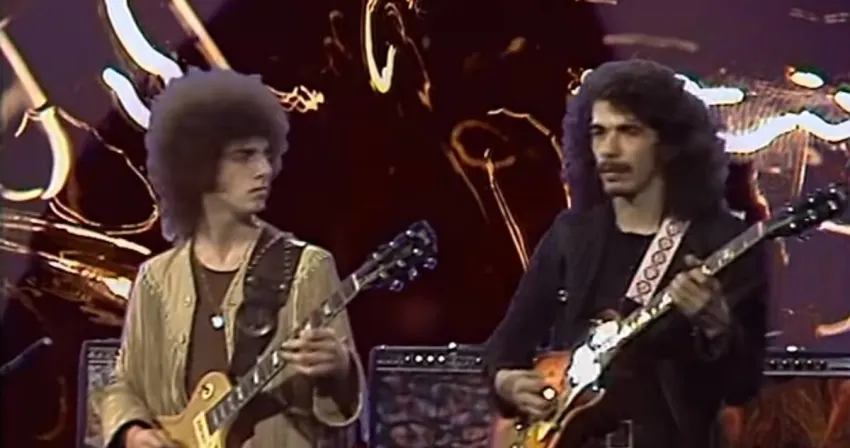
Neal and Carlos
Carlos was so blown away by Neal’s chops that he offered him a spot in Santana on the spot. Schon joined Santana in 71 and recorded on two albums: Santana III and Caravanserai. He was barely old enough to vote but was already blowing minds on international stages.
Leaving Santana: The Seeds of a New Sound
By 73, Santana was shifting direction, and Neal, along with keyboardist Gregg Rolie decided to strike out on their own. They wanted to build a new kind of band — something that combined rock, jazz, and progressive elements with room for virtuosic playing. So, they formed a band initially known as the Golden Gate Rhythm Section. Thankfully, someone came up with something a little catchier — Journey.
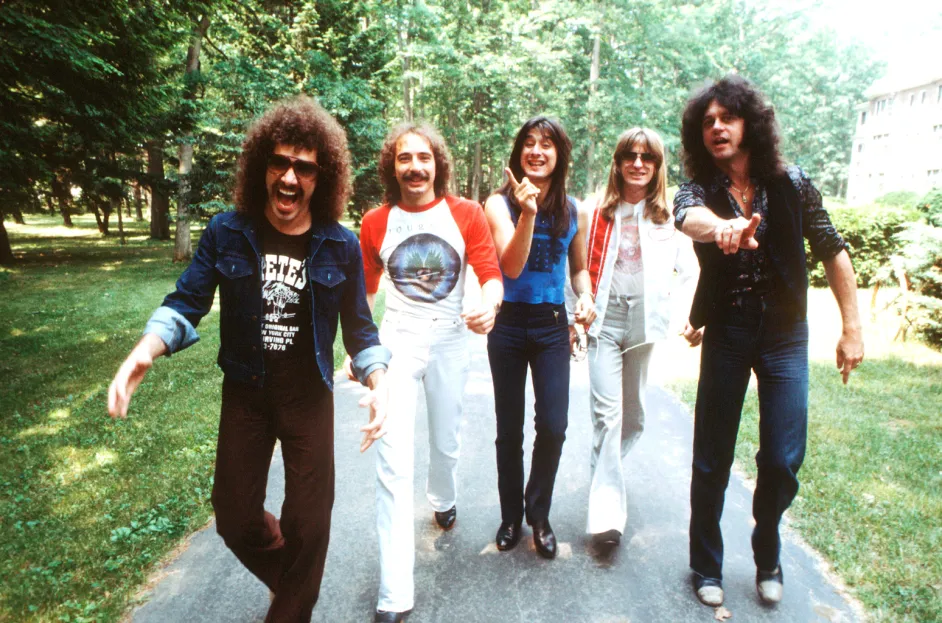
The Birth of Journey
The early Journey albums in the mid-’70s showcased Neal’s adventurous playing and the band’s progressive leanings. They didn’t exactly set the charts on fire at first, but they earned a loyal following. But what really changed the game was the addition of powerhouse vocalist Steve Perry in 77. Suddenly, Journey had the voice to match their big sound, and Schon’s soaring guitar work had the perfect foil in Perry’s golden pipes.
Steve Perry: A Sound That Defined a Generation
With Perry on board, Journey went from experimental fusion rockers to stadium-filling hitmakers. Neal’s guitar style evolved too, blending soulful blues bends with screaming, melodic leads and unforgettable riffs that defined a generation of classic rock.
Side Projects and Solo Explorations
While Journey’s popularity skyrocketed in the late ’70s and early ’80s, Neal never stopped exploring new sounds. He formed side projects with Sammy Hagar and Bad English with John Waite and his former Babys bandmates Jonathan Cain and Ricky Phillips. Neal also lent his unmistakable guitar tone to countless guest spots, from Jan Hammer to Michael Bolton.
The Voice Changes, The Guitar Stays
Of course, the road with Journey wasn’t always smooth. After Steve Perry’s initial departure in the late ’80s, the band went through lineup changes, hiatuses, and reunions. Through it all, Neal was the one constant — the one who kept Journey alive.

Keeping the Faith: Journey Today
Fast forward to today, and Neal Schon is still on the road, still writing, still shredding. Journey’s classic hits have never really left the cultural zeitgeist — Don’t Stop Believin’ famously became the most downloaded track of the 20th century and had a massive pop culture revival thanks to The Sopranos and Glee. New generations keep discovering the band, packing out arenas to belt out those timeless choruses.
Still Going Strong: The Modern-Day Journey
In recent years, Neal has kept Journey active with a new lineup. Together, they’ve released new albums, like Freedom in 2022, proving that Journey isn’t just a nostalgia act — they’re still crafting new music for the faithful.
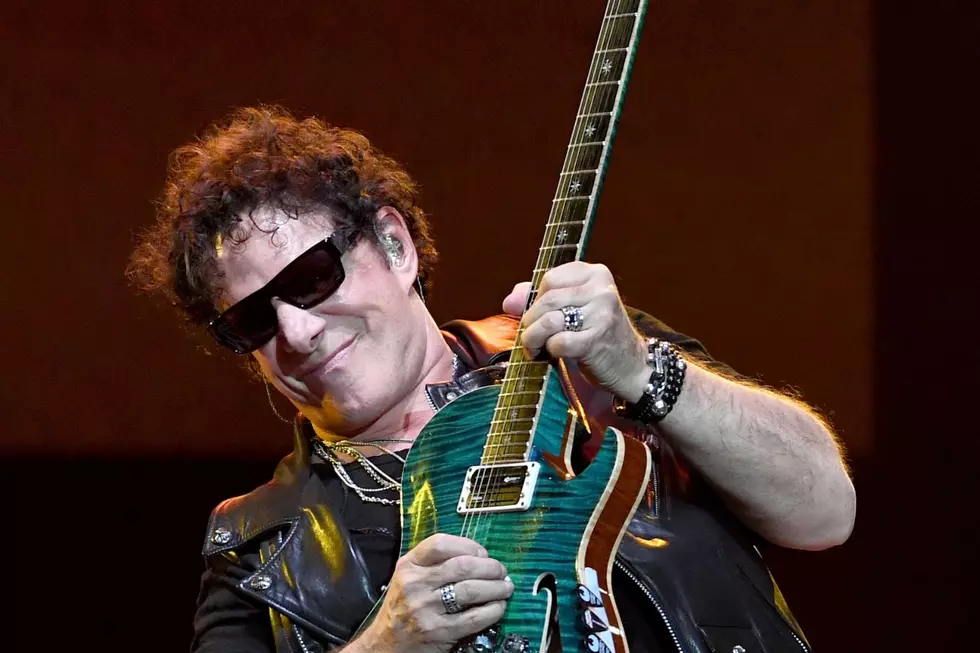
Neal Schon’s Legacy of Passion and Power
Neal’s also kept his solo chops sharp. He’s released several solo albums, exploring everything from blues to jazz-fusion to full-on guitar showcases. So, what’s the secret to Neal Schon’s staying power? Maybe it’s that he’s never been content to just ride on past glories. He still plays like he’s that 15-year-old kid who just wants to jam — eyes closed, head thrown back, lost in the sound of a note bending just right.
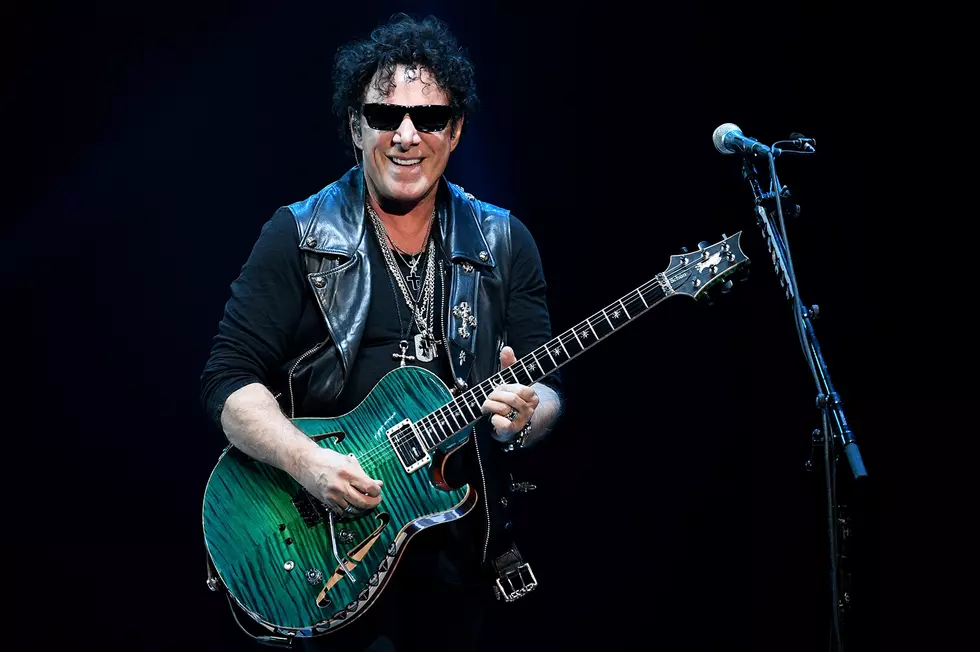
From sharing the stage with Carlos Santana as a teenager to filling stadiums worldwide with Journey’s timeless anthems, Neal Schon has lived the kind of rock and roll life most guitarists can only dream of — and he shows no signs of putting that Les Paul down anytime soon.
